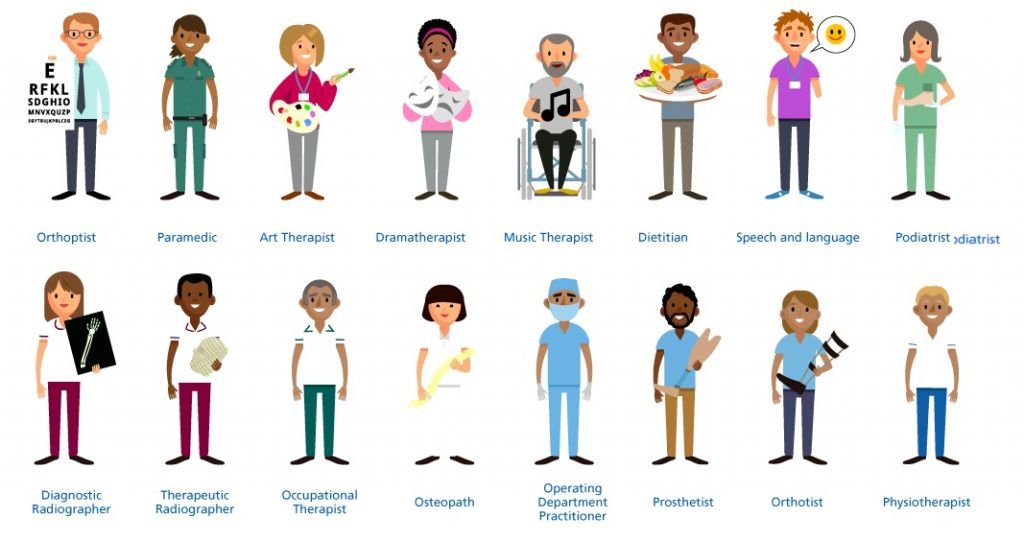How Yoga Can Help Aches and Pains
Are you feeling worn out by constant aches and pains? You're not alone. Many of us face the daily discomfort of sore muscles, stiff joints, or persistent pain that seems to take away from life's joys.
But what if there was a gentle yet powerful way to ease this pain and get back on the path to wellness? Enter yoga—a practice as ancient as time but remarkably effective for modern maladies.
Did you know that studies suggest yoga can reduce chronic pain levels and may even lessen the need for medication in some cases? This blog is your guiding light to discovering how yoga can be more than just poses—it’s a gateway to better health and less pain.
We'll dive into simple movements, breathing techniques, and mindful meditations that could unlock the relief your body has been yearning for. Ready to feel better? Keep reading!
Key Takeaways
- Yoga stretches and strengthens the body, providing chronic pain relief from conditions like arthritis and fibromyalgia.
- Regular yoga reduces inflammation in the body, which can lead to less pain for those with inflammatory conditions such as arthritis.
- Practicing specific yoga poses increases flexibility and range of motion, making daily activities easier and reducing discomfort.
- Pranayama or controlled breathing helps manage how we perceive pain by calming the mind and reducing stress levels.
- Meditation incorporated into a yoga routine addresses the emotional challenges of chronic pain, promoting mental well-being alongside physical health.
The Benefits of Yoga for Pain Relief
Yoga offers relief for chronic pain, reduces inflammation in the body, and improves flexibility and range of motion. This holistic approach to pain management can help individuals with conditions such as arthritis, fibromyalgia, migraines, and back pain.
Relief for chronic pain
Chronic pain sufferers often find themselves in a constant battle with discomfort, seeking ways to manage and alleviate their symptoms. With yoga's gentle approach, many have discovered an effective strategy for chronic pain relief.
A consistent practice helps by stretching and strengthening the body, which can lessen pain from conditions such as arthritis or fibromyalgia. Engaging in specific poses targets areas of tension and promotes healing.
Regular inclusion of yoga into one’s routine has shown promising results in not only tackling physical pain but also reducing anxiety associated with chronic conditions. It encourages a mind-body connection that enhances overall well-being, making it easier to cope with daily stressors that can exacerbate pain levels.
People who incorporate yoga as part of their holistic health plan often report reduced stiffness and improved quality of life without always relying on medication or invasive procedures.
Reduced inflammation
Yoga has been shown to reduce inflammation in the body, which can contribute to pain relief and improved overall health. Through specific yoga poses and breathing techniques, the practice helps to lower levels of pro-inflammatory markers, promoting a more balanced immune response.
This can be particularly beneficial for conditions such as arthritis and chronic pain, where inflammation plays a significant role in exacerbating discomfort.
By engaging in regular yoga sessions that focus on gentle movement, deep breathing, and relaxation, individuals can experience a reduction in inflammatory symptoms. Additionally, the mind-body connection cultivated through yoga practice also contributes to stress reduction, further supporting overall wellbeing and pain management.
Improved flexibility and range of motion
Increase your flexibility and range of motion through targeted yoga poses. Yoga can help to lengthen and stretch muscles, reducing stiffness and enhancing mobility. As you engage in regular yoga practice, you'll notice a gradual improvement in your ability to move with greater ease and comfort, allowing you to perform daily tasks with more freedom and reduced discomfort.
By incorporating specific yoga asanas that focus on stretching and strengthening different muscle groups, you can experience improved flexibility in areas prone to pain or tension.
This enhanced flexibility can contribute to better posture and reduce the risk of injury by promoting balanced musculature throughout the body.
How Specific Yoga Practices Help Manage Pain
Yoga offers specific asanas and pranayama techniques tailored to manage different types of pain, such as back pain and knee pain. Additionally, meditation and relaxation practices can also address the emotional and spiritual aspects of chronic pain.
Asanas for different pain conditions (back pain, knee pain, etc.)
Yoga offers specific asanas to address various pain conditions. For back pain, try the child's pose, cat-cow stretch, and cobra pose to alleviate discomfort and enhance spinal flexibility. To relieve knee pain, consider practicing the extended mountain pose, warrior II pose, and chair pose to strengthen the quadriceps and hamstrings. Additionally, these asanas help improve blood circulation and decrease inflammation in affected areas. For overall pain relief, incorporating yoga into your routine can increase flexibility, reduce tension, and promote relaxation for improved physical well-being.
Pranayama for managing pain perception
Pranayama techniques can help manage pain perception by calming the mind and reducing stress.
- Deep breathing exercises in pranayama can activate the body's relaxation response, lowering the perception of pain.
- Controlled breathing patterns in pranayama can distract the mind from focusing on the sensation of pain, providing relief and comfort.
- Pranayama helps improve oxygen flow in the body, promoting relaxation and reducing tension that contributes to pain perception.
- By practicing pranayama regularly, individuals can develop a greater awareness of their breathing and its impact on managing pain.
Meditation and relaxation for emotional and spiritual aspects of pain
Meditation and relaxation techniques help manage the emotional and spiritual aspects of pain, supporting a holistic approach to healing. Deep breathing exercises and mindfulness practices can reduce stress, anxiety, and depression often associated with chronic pain conditions.
By incorporating these techniques into your yoga practice, you can enhance your mental well-being while effectively addressing physical discomfort. Establishing a mind-body connection through meditation fosters resilience and inner strength, promoting an overall sense of peace and balance in the face of persistent pain.
Embracing meditation as part of your pain management plan encourages self-awareness and mindfulness. These practices stimulate the body's natural relaxation response, alleviating tension and promoting emotional equilibrium.
Conclusion
In conclusion, yoga offers a range of benefits for managing aches and pains. Its practice can provide relief for chronic pain, reduce inflammation, and improve flexibility and range of motion.
Specific yoga practices such as asanas, pranayama, and meditation help manage pain conditions effectively. By integrating yoga into your routine, you can experience holistic relief from physical discomfort while also addressing emotional and spiritual aspects of pain.



